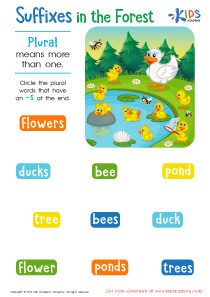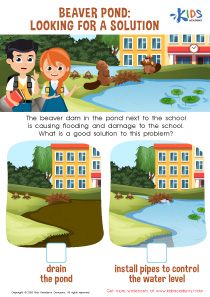Easy Tracing worksheets activities for 6-Year-Olds
17 filtered results
-
From - To
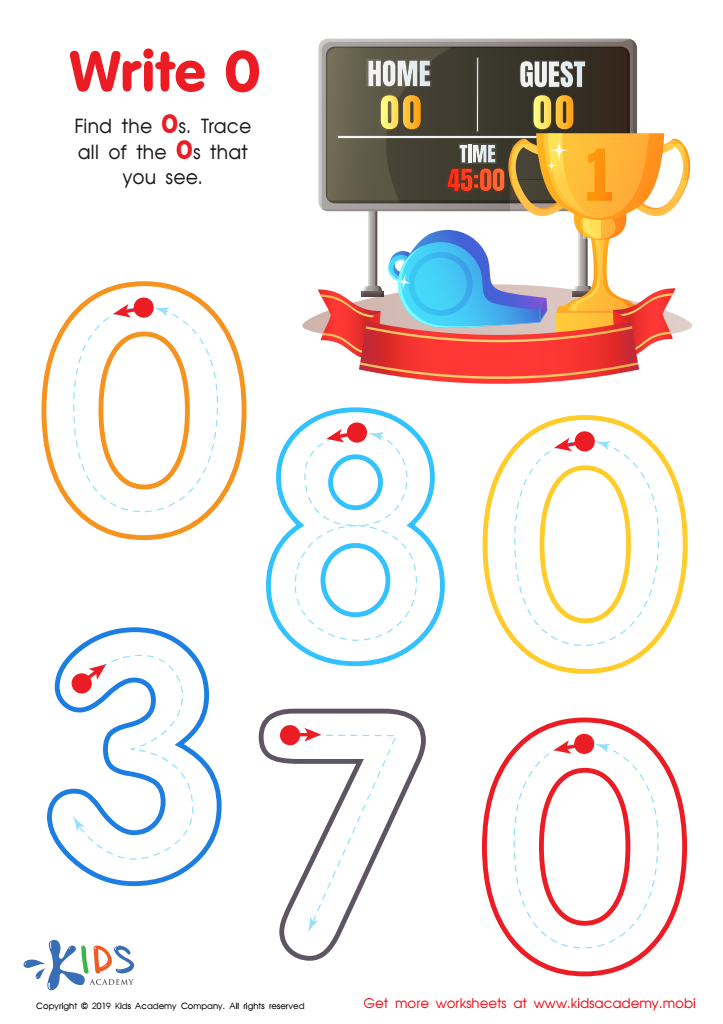

Write 0 Worksheet


Count and Write 7 Worksheet


Counting Shapes Worksheet
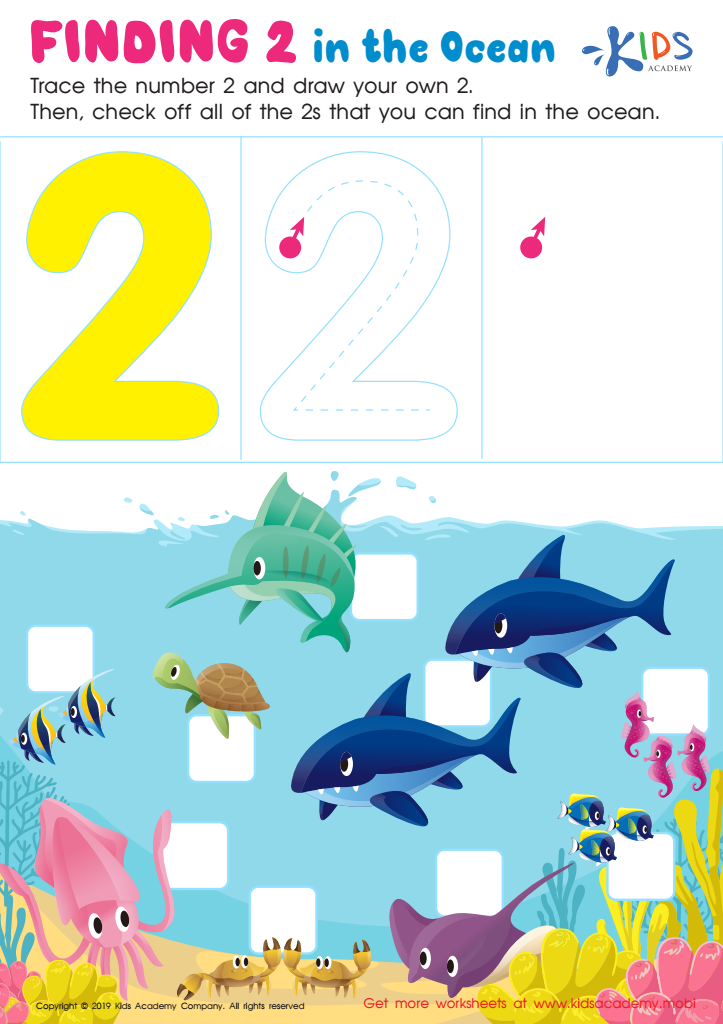

Finding 2: In the Ocean Worksheet
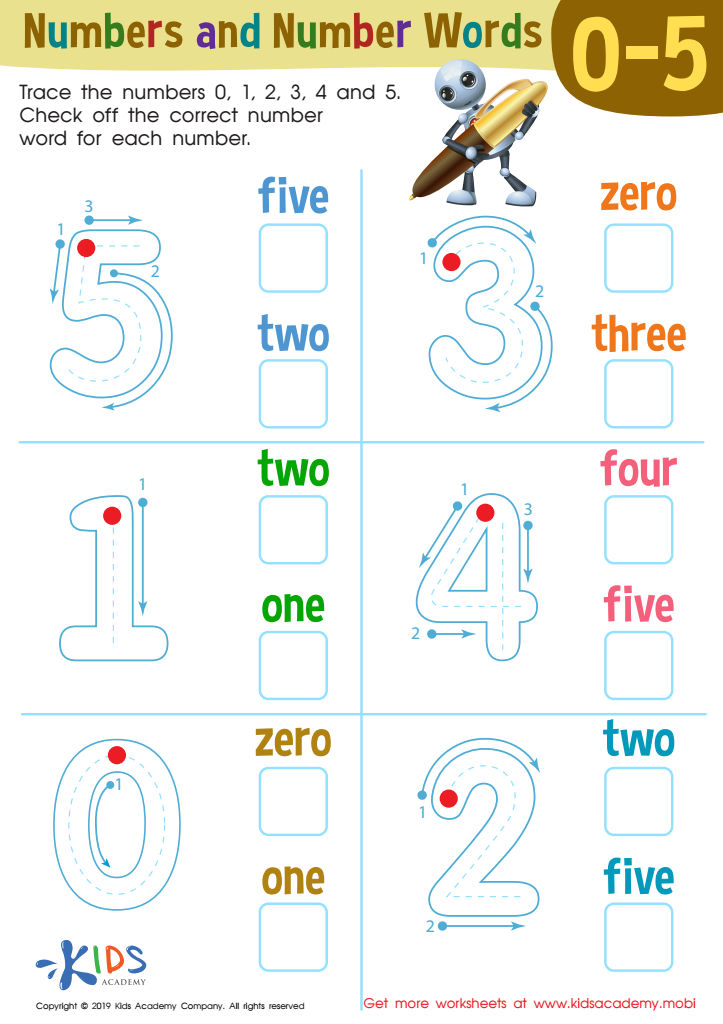

Numbers and Number Words Worksheet
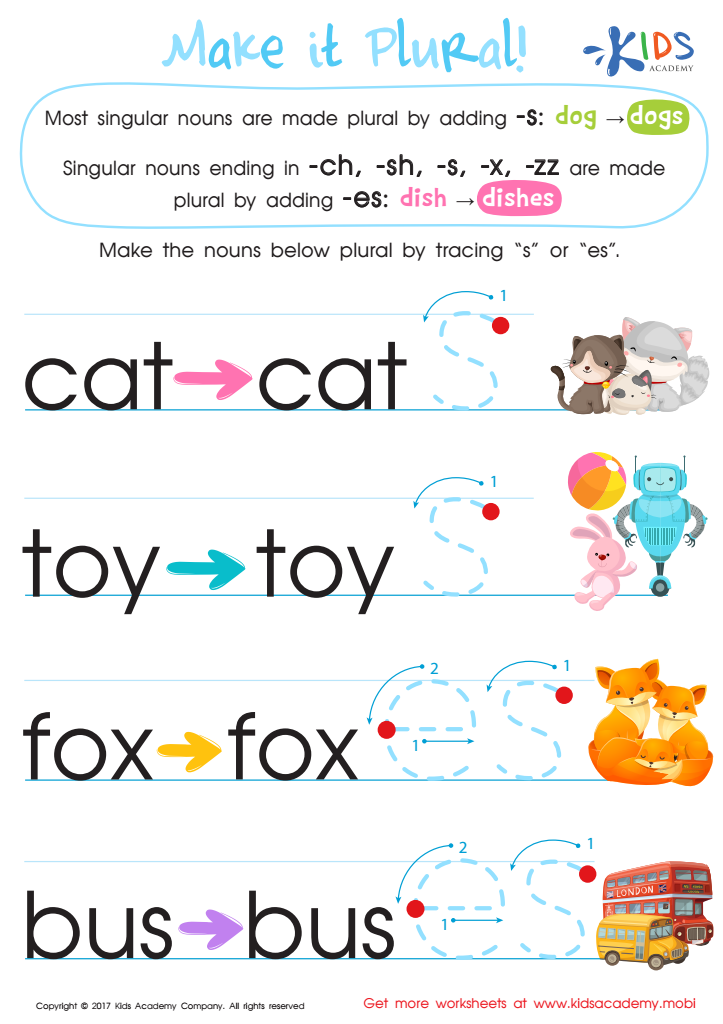

Make it Plural Worksheet
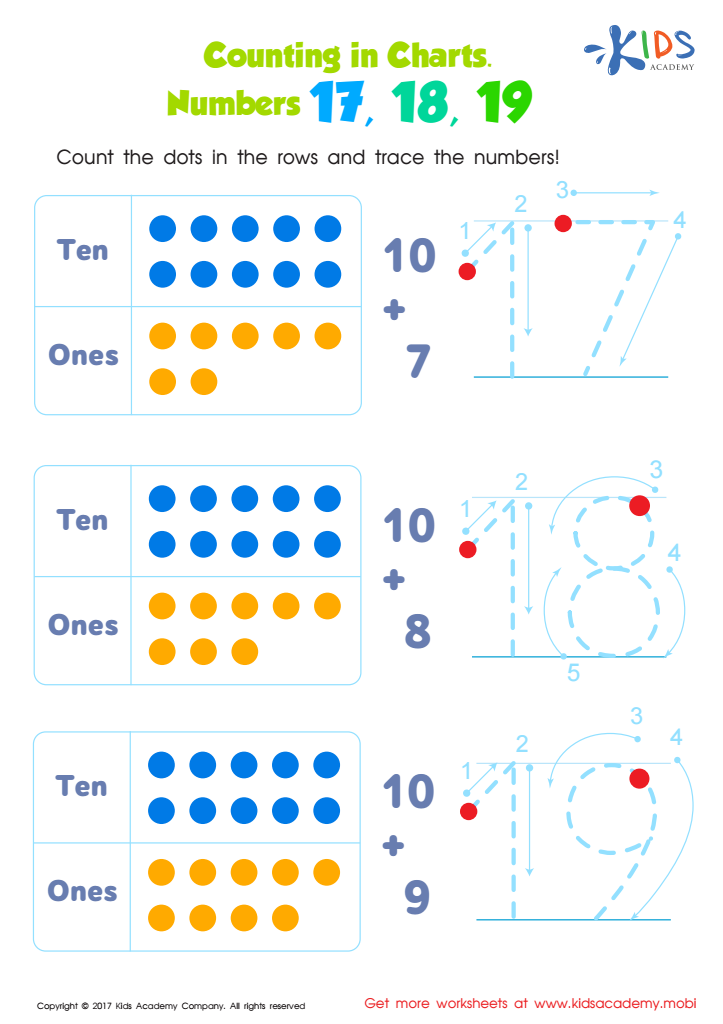

Kindergarten Number Tracing: Counting in Charts Worksheet
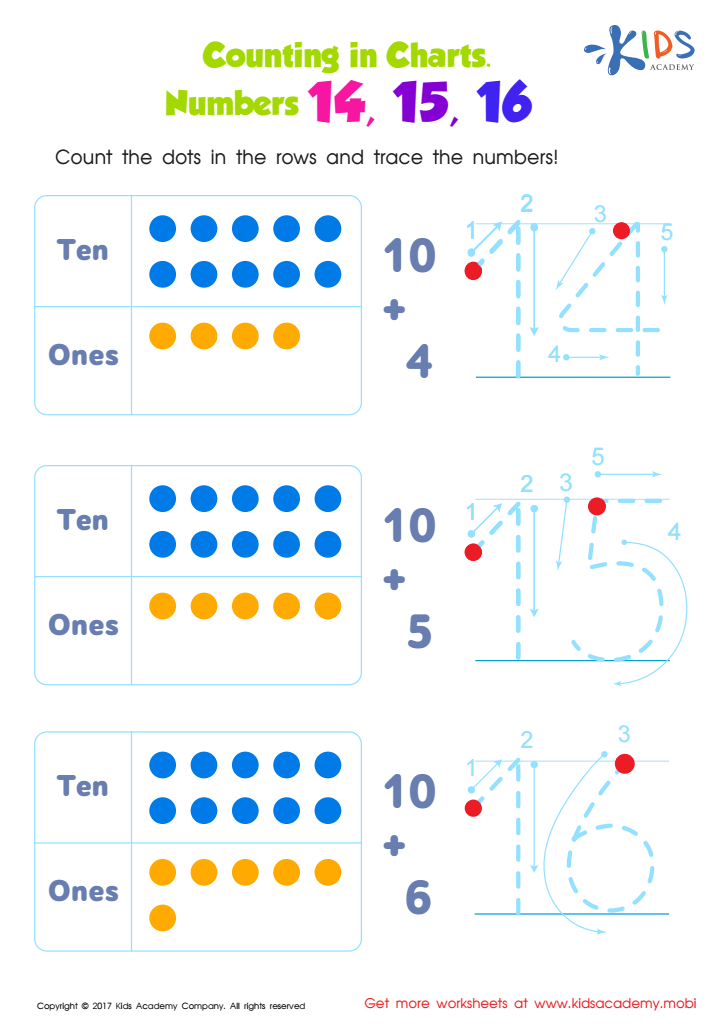

Number Tracing Worksheet
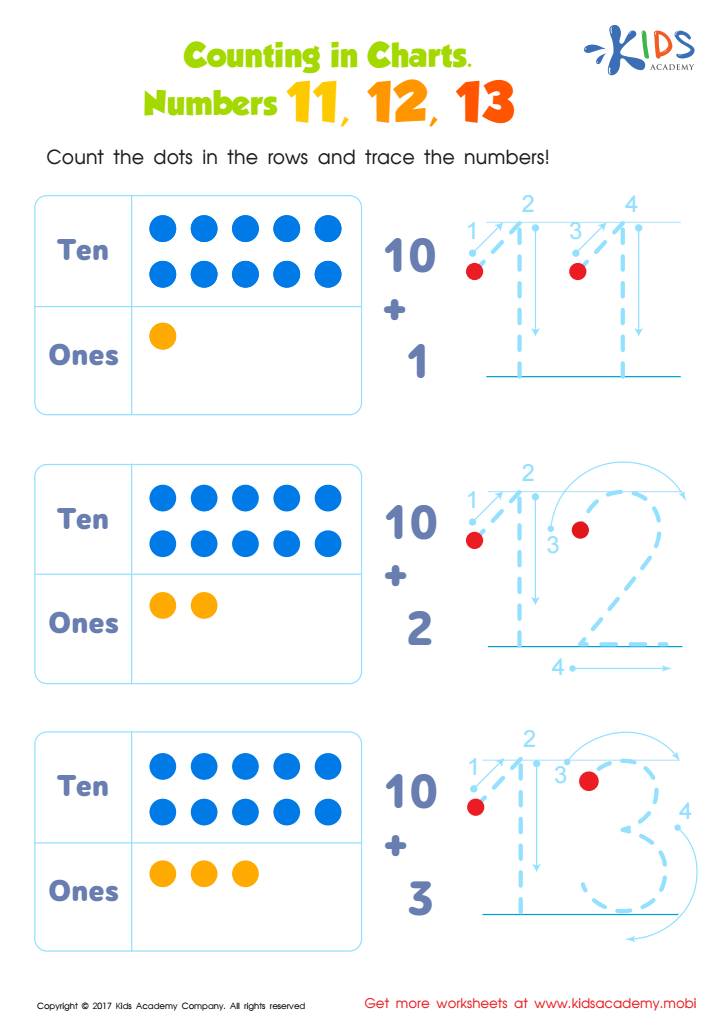

Number Tracing Worksheet For Kindergarten
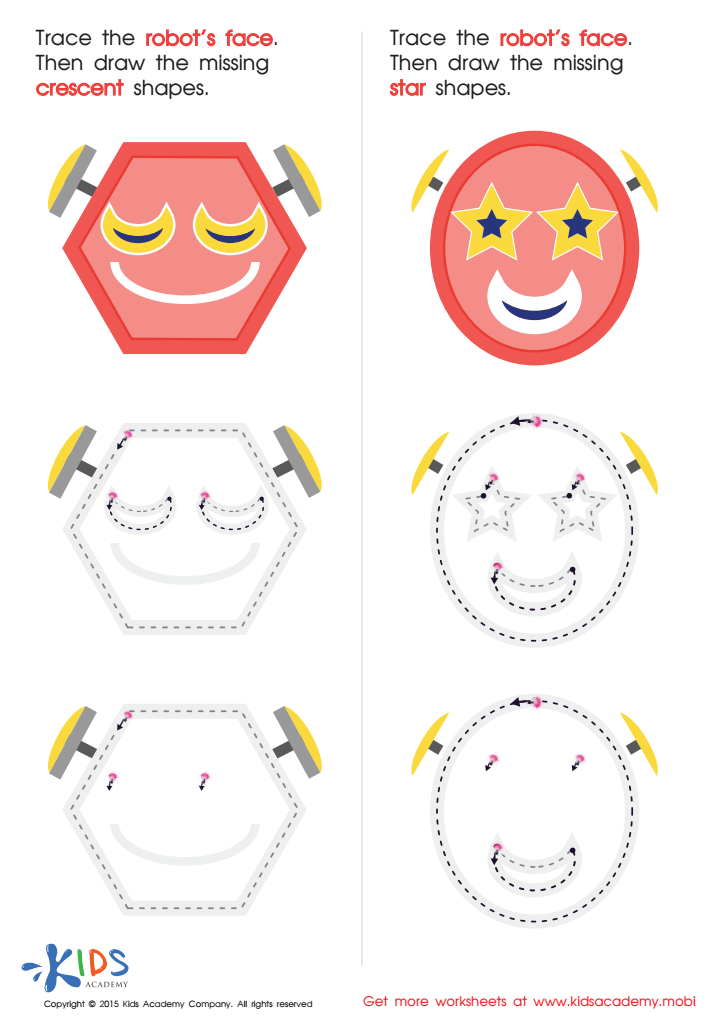

Composing a Robot's Face of Crescents And Stars Worksheet
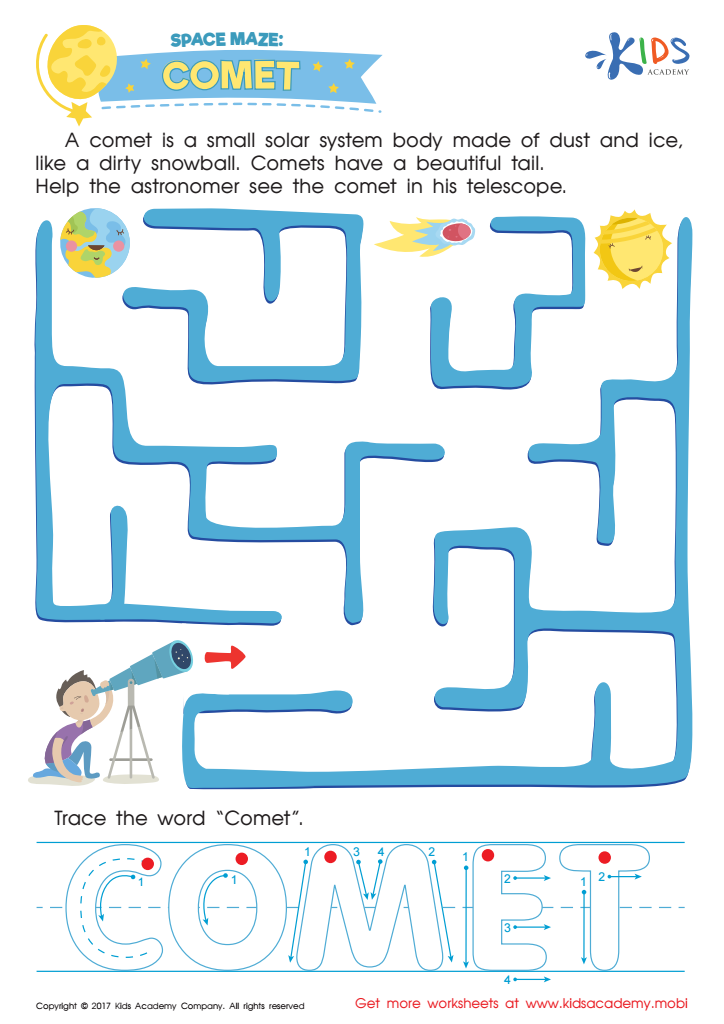

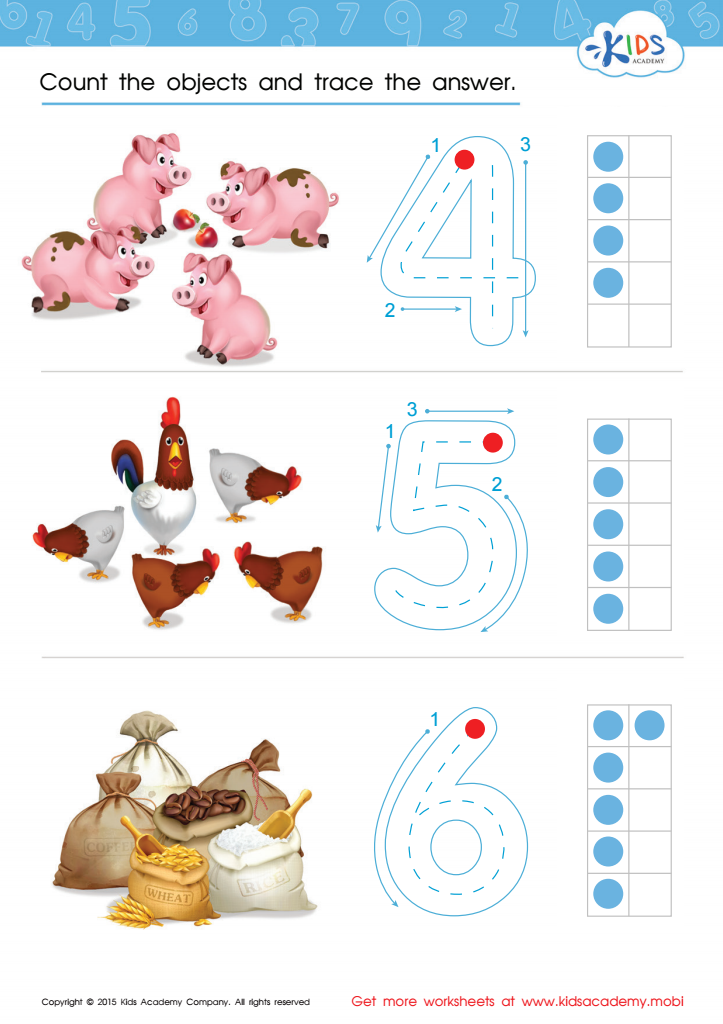

Count and Trace 4 – 6 Worksheet
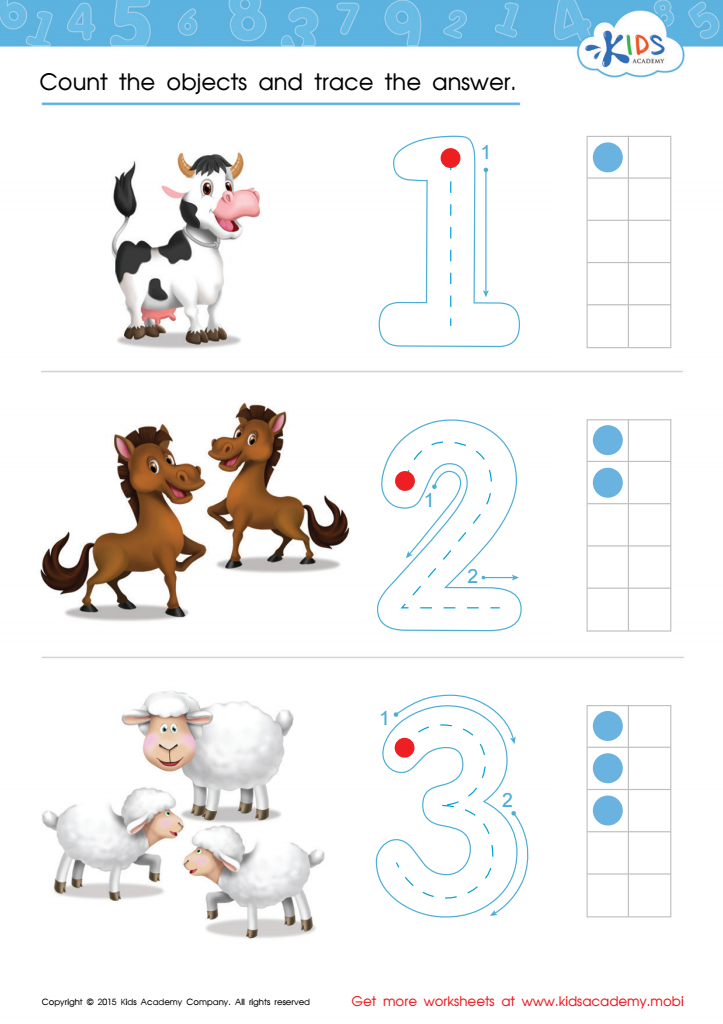

Count and Trace 1 – 3 Worksheet
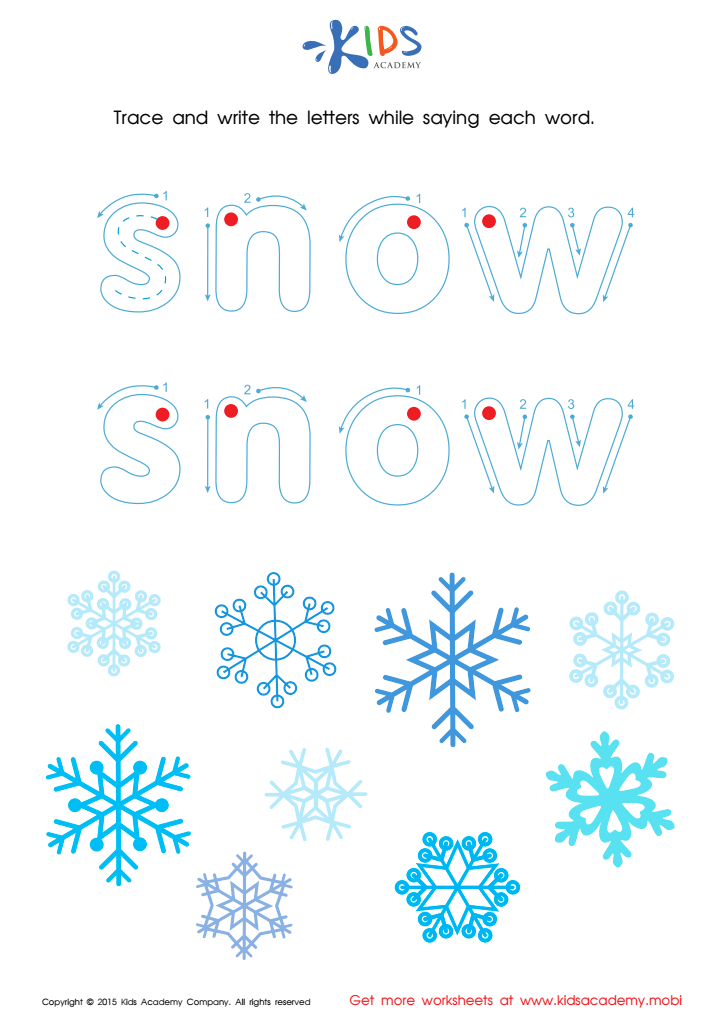

Snowflake Tracing Winter Words Worksheet
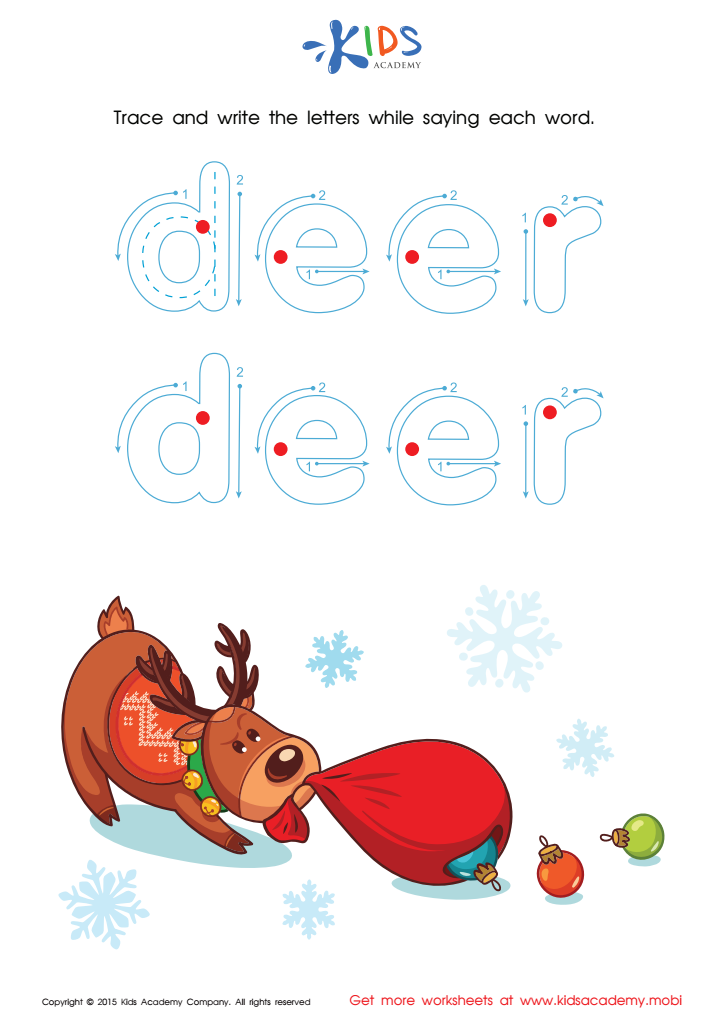

Deer Tracing Winter Words Worksheet


Christmas Tree Tracing Winter Words Worksheet
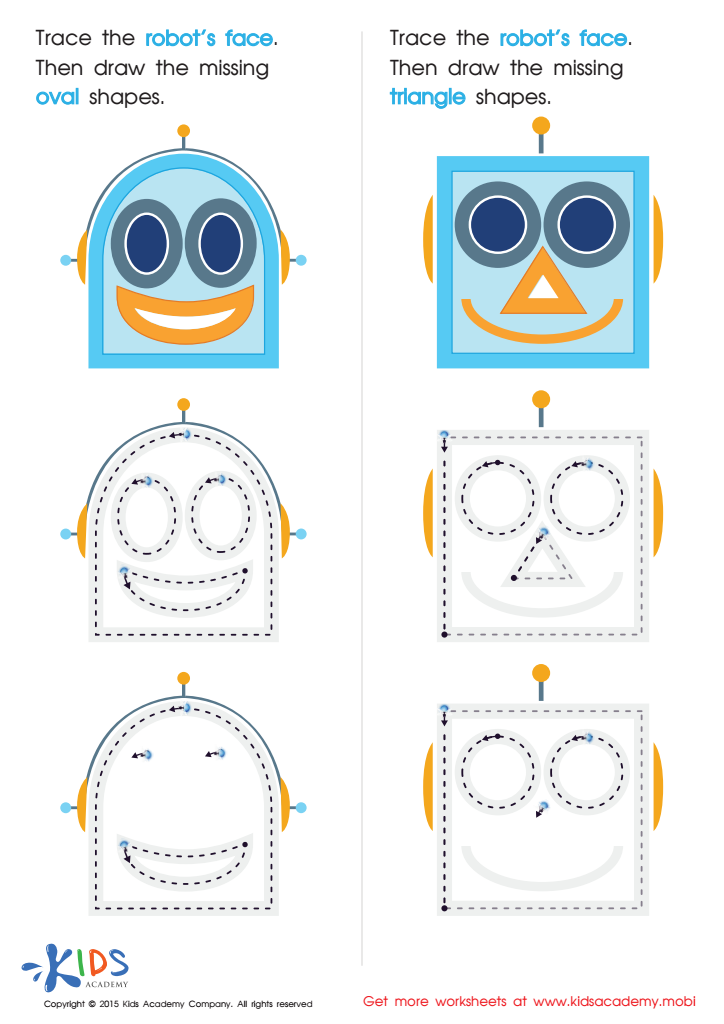

Drawing Ovals And Triangles with Fun Printable
Easy Tracing worksheets activities are a fundamental tool in early childhood education, offering a plethora of benefits to young learners. These activities serve as the building blocks for developing fine motor skills, enhancing hand-eye coordination, and laying the groundwork for successful handwriting. Let's delve into why easy tracing worksheets are so useful for children.
Firstly, Easy Tracing worksheets activities are designed to be engaging and accessible, ensuring that children can participate without feeling overwhelmed. This is crucial in maintaining their interest and motivation. By tracing lines, shapes, letters, and numbers, children gradually learn the control and precision needed to manipulate a writing instrument, a foundational skill for writing.
Moreover, these activities aid in the development of hand-eye coordination. As children follow the lines and patterns with their eyes while guiding their hands to trace them, they are essentially practicing coordination between visual cues and physical movement. This skill is not only pivotal for writing but is also essential for other activities, such as playing catch or using scissors.
Another significant advantage is the enhancement of fine motor skills. Fine motor skills involve the use of small muscles in the hands and fingers. Easy Tracing worksheets require children to use these muscles precisely, which strengthens them over time and improves dexterity. This improvement is vital for tasks that require fine motor abilities, including tying shoelaces, zipping up jackets, and, of course, writing.
Additionally, easy tracing worksheets can also support cognitive development. They introduce and reinforce the understanding of shapes, letters, and numbers. Recognizing these symbols and understanding their significance is a critical academic skill. It lays the foundation for reading and math, making these seemingly simple activities hugely beneficial for cognitive growth.
In conclusion, Easy Tracing worksheets activities are an invaluable tool in early education. They not only prepare children for writing but also support their overall development in a fun and engaging way. These activities nurture fine motor skills, hand-eye coordination, and cognitive abilities, making them a staple in fostering early learning success.

 Assign to My Students
Assign to My Students








